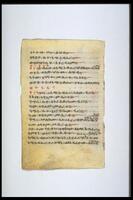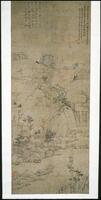13 UMMA Objects
13 UMMA Objects

Chokwe (Chokwe (culture or style))
Caryatid stool
1850 – 1899
Gift of Candis and Helmut Stern
2005/1.204
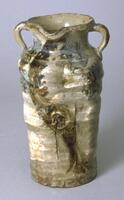
Japanese (Japanese (culture or style))
Karatsu Ware (?), Two-handled Pitcher
1633 – 1666
Transfer from the College of Architecture and Design
1972/2.74
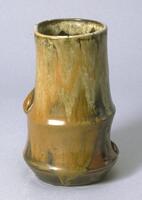
Japanese (Japanese (culture or style))
Bamboo-shape Vase, Takatori Ware (?)
1633 – 1666
Transfer from the College of Architecture and Design
1972/2.95
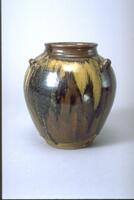
Japanese (Japanese (culture or style))
Seto Ware (?) Three-handled Jar
1633 – 1666
Transfer from the College of Architecture and Design
1972/2.87
Flemish (Flemish (culture or style))
Verdure
1633 – 1699
Gift of Mr. and Mrs. Benjamin W. Wheeler
1956/2.8

Japanese (Japanese (culture or style))
Shaving bowl with design of long-tail bird and flowers
1633 – 1666
Gift of the William T. and Dora G. Hunter Collection
2002/2.7
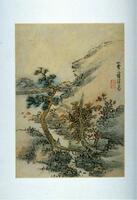
Lan Ying
Scholar in a Landscape
1600 – 1666
Museum purchase made possible by the Margaret Watson Parker Art Collection Fund
1979/2.19

Mori Kōga (Takamasa)
Bacchanalian Revelry of the Seven Lucky Gods
1833 – 1866
Museum purchase made possible by a gift from Helmut Stern
1985/2.20
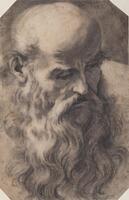
Gaetano Gandolfi (Italian (culture or style))
Untitled (Head of an Old Man with a Long Beard)
1750 – 1799
Joseph F. McCrindle Collection in memory of Frederick A. den Broeder
2009/1.496
Loading…
